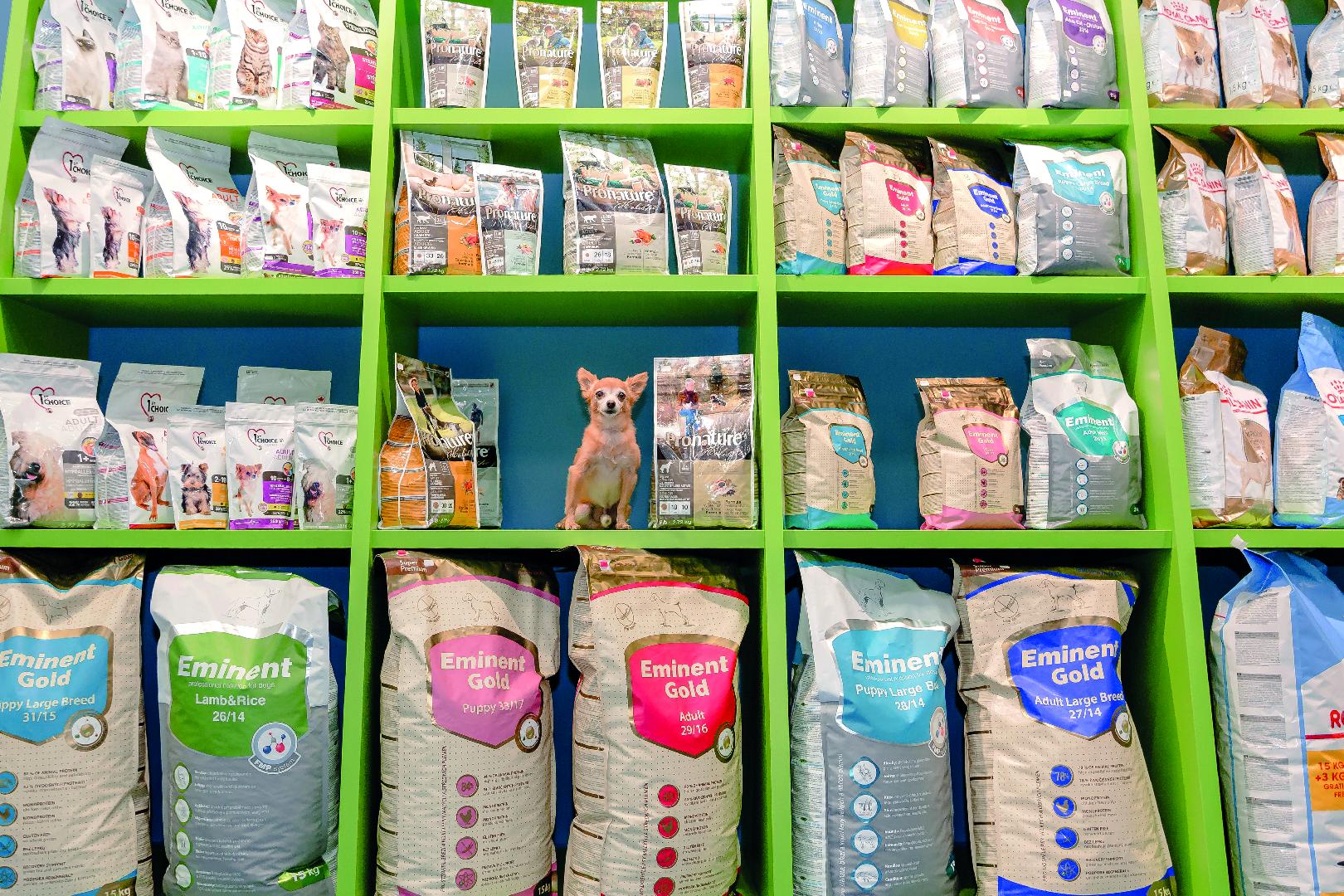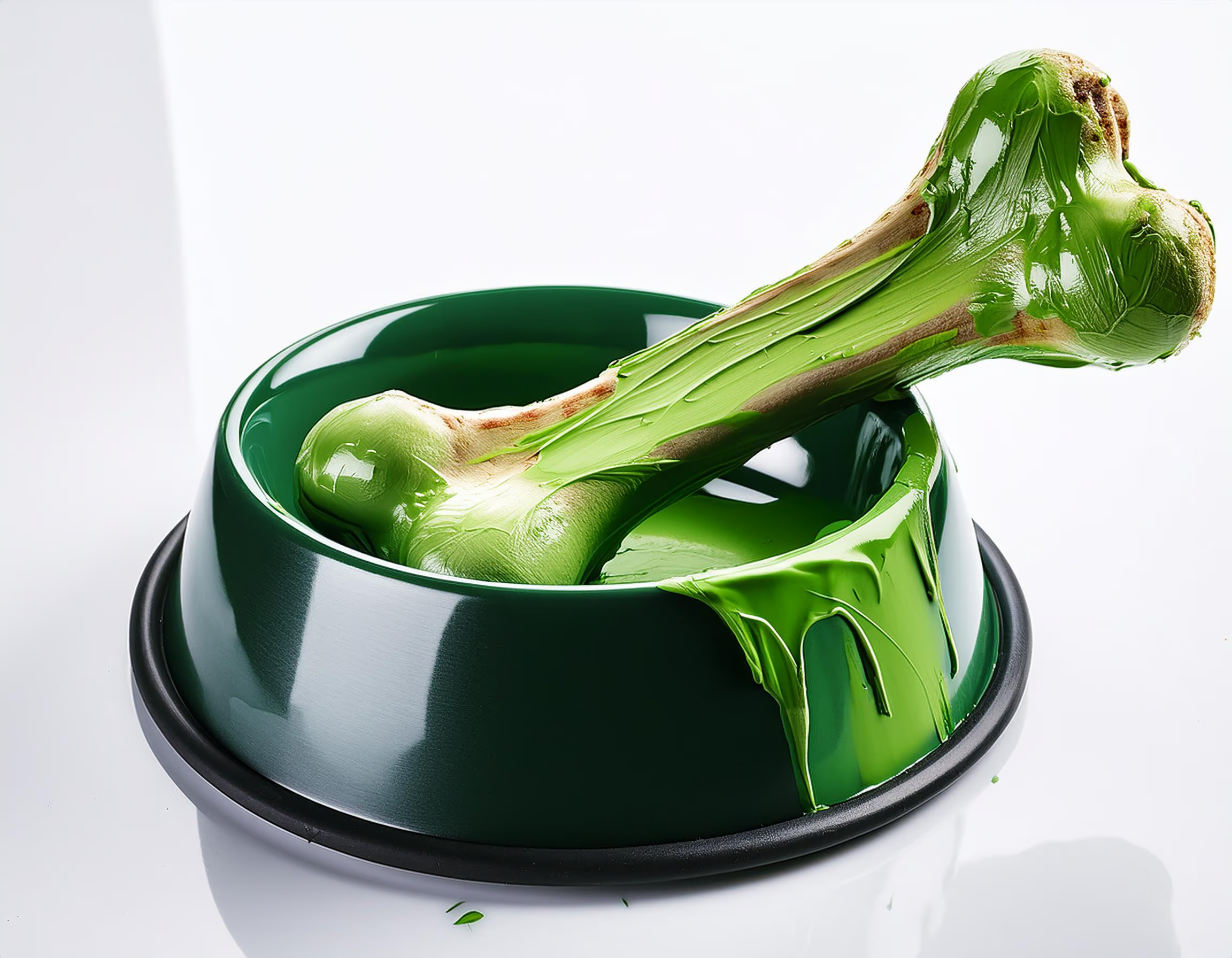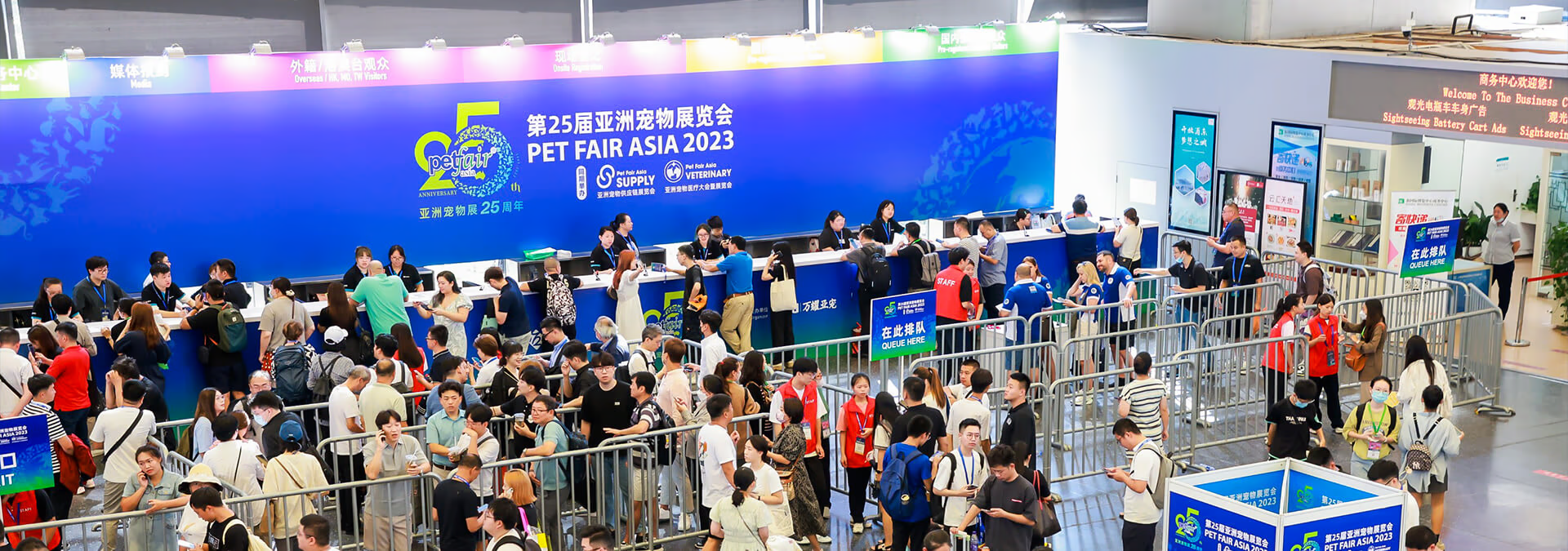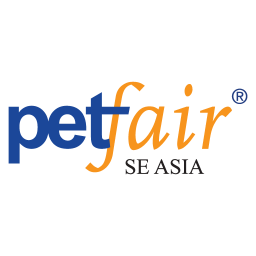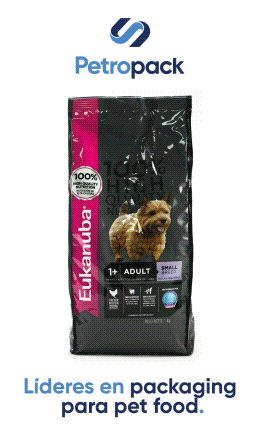The pet food industry does not stop growing, but it does so on a fully developing basis: changes in consumer habits, variations in purchasing power and spending dedicated to pets, greater access to information, and others. Factors are not only presenting new challenges in the industry but also shaping it with these new demands and needs. So, how is growth sustained? How can we grow and respond with innovation to these demands simultaneously? Is that, in any way, possible?
The global impact of COVID-19 has been unprecedented and is still leaving staggering traces. By comparison, the pet food industry emerged from the pandemic with significantly higher numbers, but by no means easier to catch up with. Several studies carried out in recent times have indicated that people who have pets tend to have fewer mental health problems, such as feelings of loneliness and depression. This perception of the importance of animals in people's lives, as well as the increase in adoption, fueled by telecommuting and temporary confinements, makes today's pet owners little like those who existed before 2020. The change is notorious: the perception of pets has changed, and, consequently, their care, habits, and consumer products.
Personalized pet food, for example, is one of the growing demands gaining ground in the market worldwide. Sooner or later, it will become even more popular in the coming years. Personalization of pet food products has great potential to grow significantly, as pet owners become more conscious of the food they feed their pets, especially to address particular pet conditions such as obesity, dry skin, and others. Faced with this, the challenges to face (and on which companies should already be working) are mainly related to personalized formula production, functional packaging for product preservation, and logistics management. Of course, innovation comes hand in hand with proposals for these problems which, if solved, will bring a great positive influence on the market and on the company's brand that achieves it.
On the other hand, one of the challenges most present in this industry has to do with the strict regulations associated with pet food. Although this is a positive aspect of product professionalization and safety, it is also true that it hinders, on certain occasions, growth and expansion. Either way, pet food is among the most regulated food products, especially in Western markets. In more developed ones, pet foods are rigorously scrutinized at every stage, from formulation ingredients to sales and marketing. Thus, the high stringency associated with commercialization can be a major constraining factor for market growth.
Despite the mentioned challenges (and several more, such as raw materials scarcity or logistics problems, for instance), markets still focus on their growth and expansion. North America is the leader in the dog food market, with a 47% share of it. Europe is the second largest market for dog food, with a 25% share of the global industry; Asia-Pacific accounts for 15% of the global dog food share. South America, for its part, accounts for 14% of the same, with projected revenues of $11.5 billion in 2026. In turn, the said market in the region is expected to grow at a CAGR of 4.6% between 2022 and 2027.
Dog food accounts for more than 75% of the region's pet food industry, the highest percentage compared to any other global market.
Argentina is one of the countries with a high possibility of growth thanks to quality control. Currently, according to Francisco Schang, Director at CAENA, in 2021, Argentina produced 764,000 tons of pet food, with the main participation of cheap products, with 40% of the country's production. Premium foods represented 27% of it, and super-premium, 18%.
In turn, 18% of Argentinian pet food production is for exportation, a percentage that can increase if we focus on various optimizations, such as quality control. As stated by Mariano Ortega, President at ASDE, in his presentation. at the latest CIPAL edition:
'Quality control procedures increase efficiency, ensure consistent pet food products, and reduce the potential for product recalls. Moreover, in addition, quality control can even become a marketing tool too, for example, expanding the domestic market and import with improved quality control measures. Thus, both Argentinian pet food exportation and the domestic market could be boosted by using quality control as a marketing strategy.'
In addition, he stated that, in the international market, products can be differentiated from competitors with design, brand, marketing, functionality, or other qualities, but they lose all their value if the quality of the product is not guaranteed.
In the case of Brazil, for its part, it has a pet food infrastructure bigger than the Mexican and Argentinian. Currently, its biggest internal challenge is found in the penetration of new pet food products into owners' habits, and the acceptance of the diversification of proposals, such as wet food.
Conclusion
These are just a few examples of the challenges we face regionally and internationally in the pet food market. And while we can't predict the impact they will have on the industry, we can actively work to make that impact positive and bring more growth, expansion, quality, and innovation to the pet food industry.
Fuente: All Pet Food Magazine
You could be interested: The 27th Edition of Pet Fair Asia Will Take Place From 20 to 24 August 2025 in Shanghai, Marking The Largest Event in its History
About author
María Candelaria CarbajoI’m a creative, interdisciplinary person, translator, and editor. I collaborate in producing and writing creative, high-impact projects to promote cultural exchange, transmit differential values, and connect with people/the audience. Likewise, I enjoy teamwork and joining forces, experiences, and knowledge to bring the world all the potential of those ideas that seek to impact people’s lives positively.
Market Information
07/08/2025
The American Pet Products Association (APPA) Releases 2025 Dog & Cat Report, Revealing a New Era of Pet Ownership
29/07/2025











